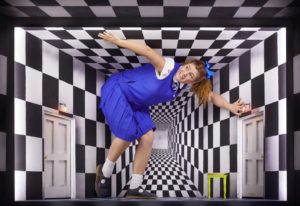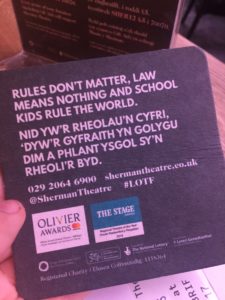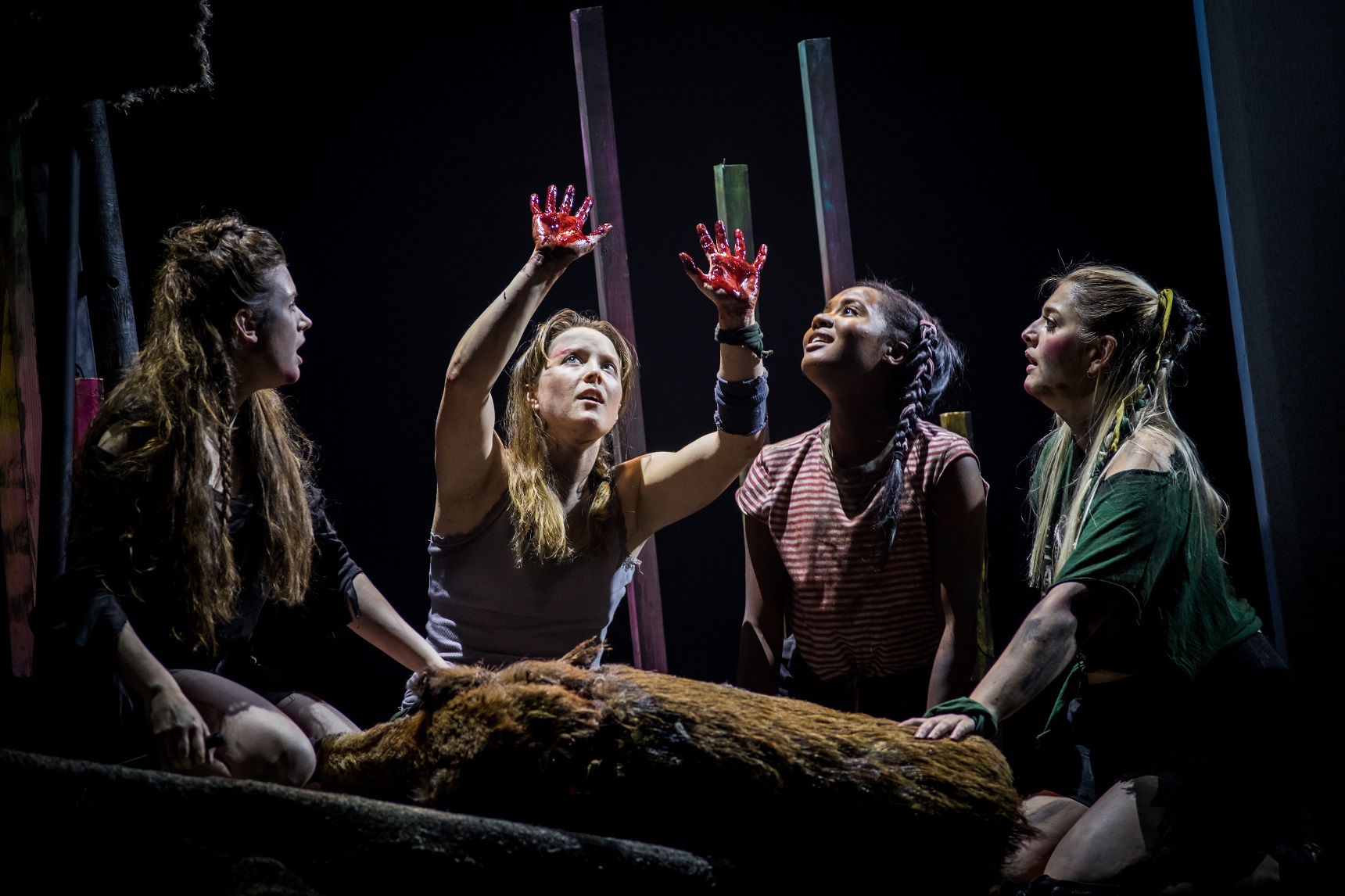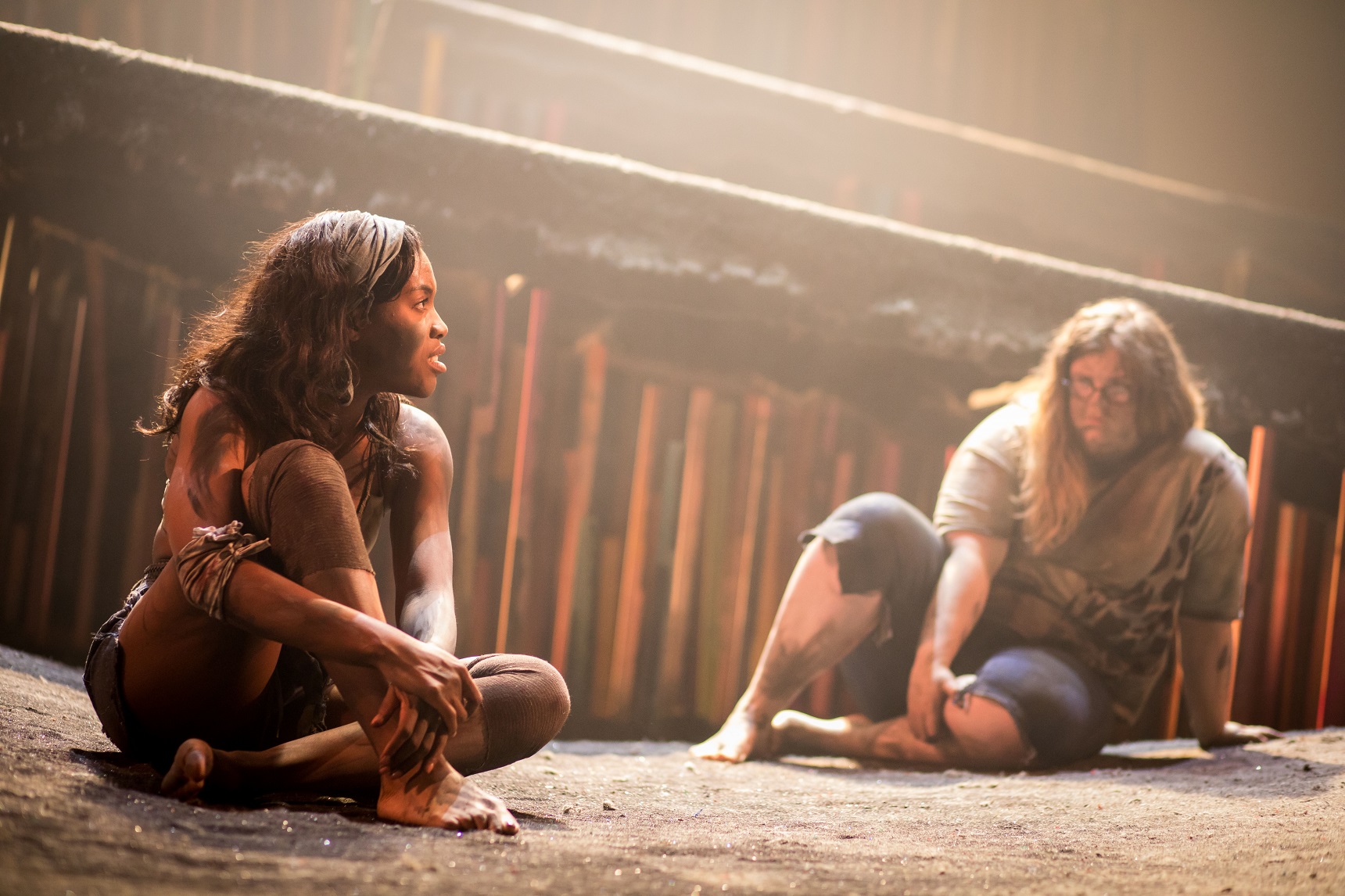 (4 / 5)
(4 / 5)
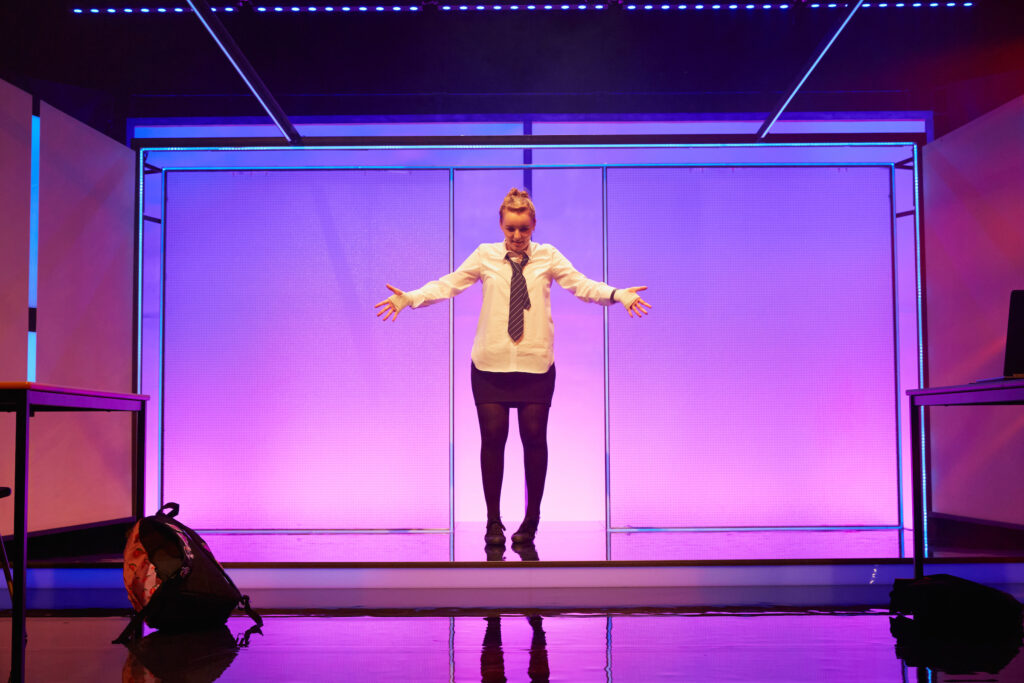
The beauty of The Merthyr Stigmatist lies in its contemporary gospel message. “Why shouldn’t God send a miracle to Merthyr Tydfil?” is the strapline. One would be hard-pressed to come up with an answer at this play’s ending. Writer Lisa Parry carries something into her production which feels like its been formed in the fire of direct experience. She uses Catholic theology and Jesus’ paradoxology to give it added form and meaning. It is a narrative which challenges the narrative – the narrative that seeks to define us; made by those in power which can silence us, if we let it; that Parry attempts to rewrite in this excellent two-woman show.
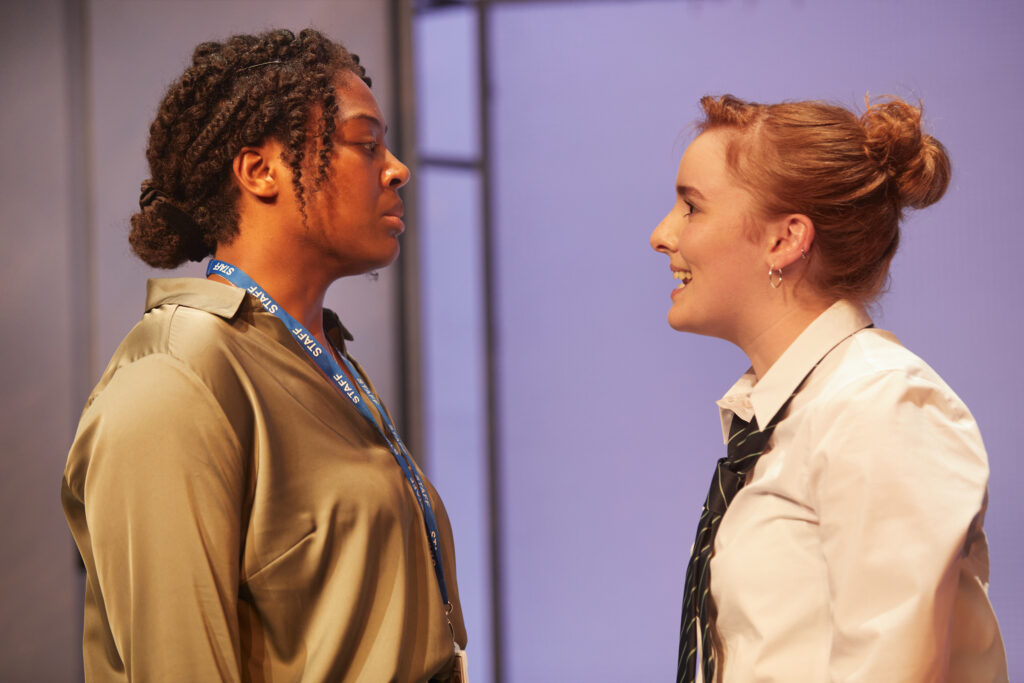
Bethan McLean makes an impressive professional debut as schoolgirl Carys, who claims to have the stigmata: Christ’s wounds from the cross. Challenging her at every turn is her science teacher, Sian, enigmatically played by Bethan Mary-James. The two riff off one another to great effect, Parry’s deft dialogue translating into a fascinating piece of ambiguous characterisation in their hands. The result is a one-hour piece which refuses to take sides. One is never entirely sure whether the fervent beliefs of Carys are a sign of mental ill health or the readily dismissive Sian is not masking some kind of deep trauma. What is clear is the passion that comes through in their exchange, as they wrestle with a sense of identity and purpose. Both McLean and Mary-James bring a bitter sense of the reality that their respective characters are facing. As a result, though the stigmata may present as a possible actual event in the narrative, its symbolic position at its centre is what’s most important here.
This is where The Merthyr Stigmatist really shows itself to be a story for our time. For it challenges the assumptions made by the establishment, told to us in our overriding cultural narrative, that in order to make something of ourselves we must leave our small, local, tight-knit communities behind; we must swap them for a university education in towns and cities where regeneration and chic, café-culture living represent a professionalism which indicates success; and if, for some reason, we don’t quite get on and have to return to our native home, we must become some kind of saviour to the next generation, repeating the same mantra to them, and thus becoming part of the false and disempowering system that does anything but allow young people like Carys to be proud of where they come from if only those in power would just stop and listen – really listen – to what they have to say*.
The Merthyr Stigmatist succeeds in deconstructing this established narrative, subverting the notion of salvific agency in the process. In the end, it is Carys who saves Sian, not the other way around. Yet neither is Carys left completely unchanged by her encounter with Sian. This is where I sense the theological dimension of Parry’s play coming to the fore, as the themes of interdependence (the power of community) and empowerment (self-confidence and self-belief) break through. The result is not only the championing of a repressed voice of the Valleys but also a tapping into an emerging zeitgeist with regards Welsh identity. In this way, Parry uses the local to also touch upon a national concern, namely how Wales sees itself, in the context of the UK and the world. It is a conversation already happening to which, I think, this play can certainly contribute. As such, those in power would do well to listen – really listen – to what it has to say. For it is speaking a truth that, sadly, remains unheard.
Click here to view the play for yourself.

Gareth Williams
Get the Chance supports volunteer critics like Gareth to access a world of cultural provision. We receive no ongoing, external funding. If you can support our work please donate here thanks.


 (3 / 5)
(3 / 5)
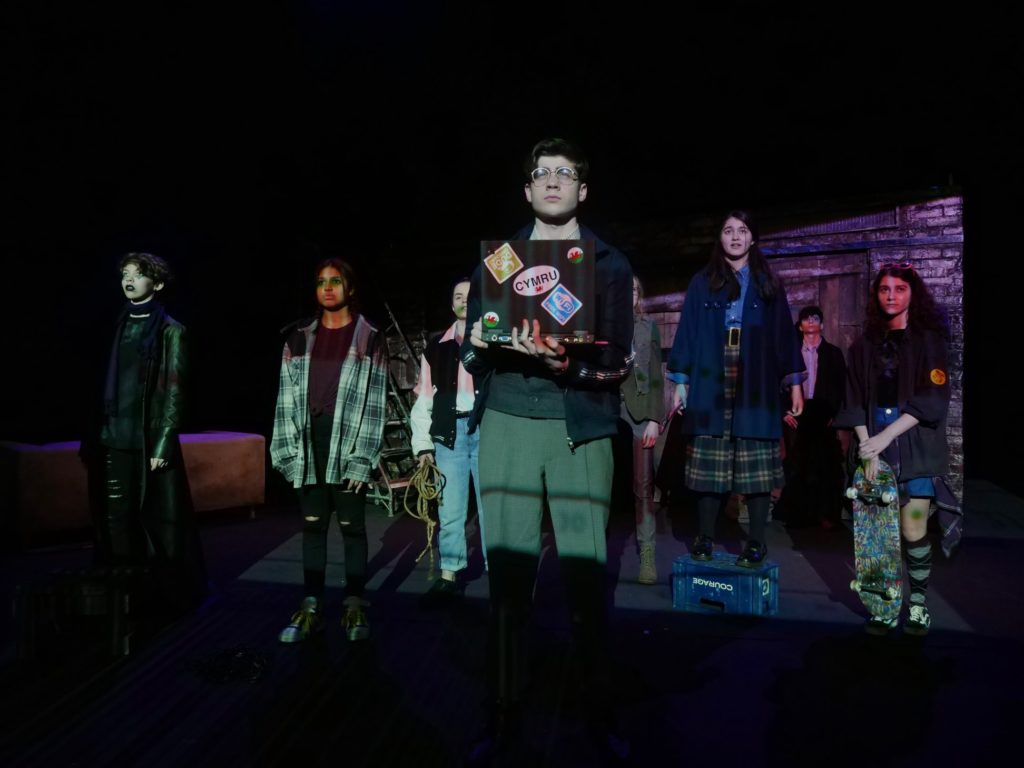

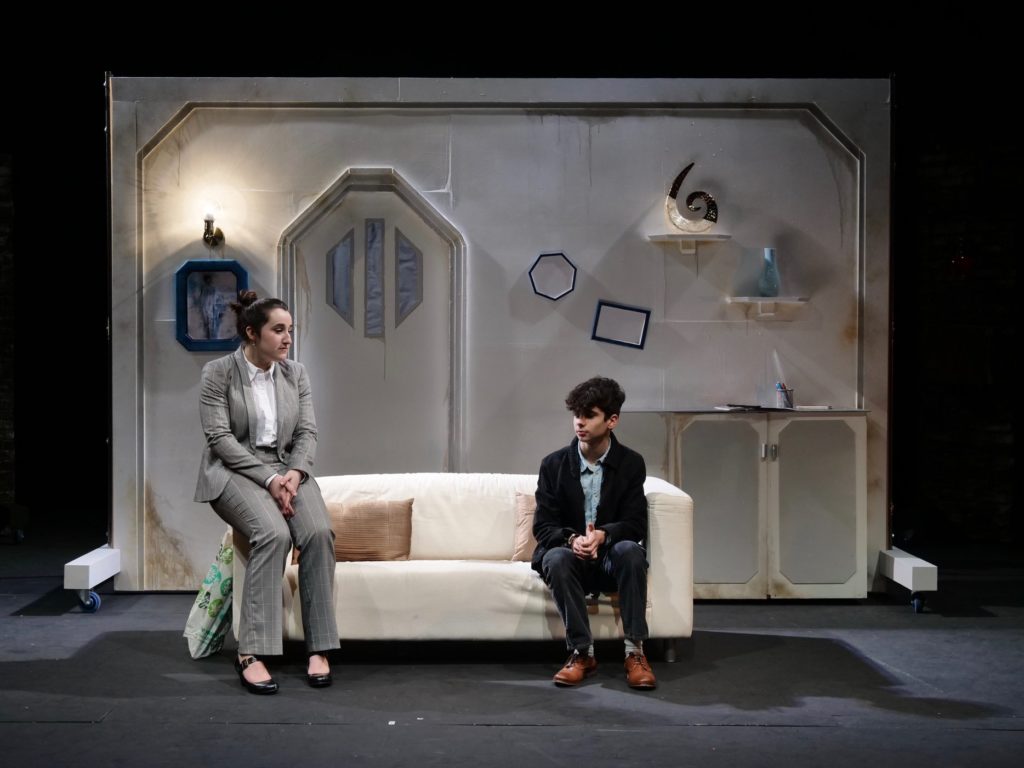
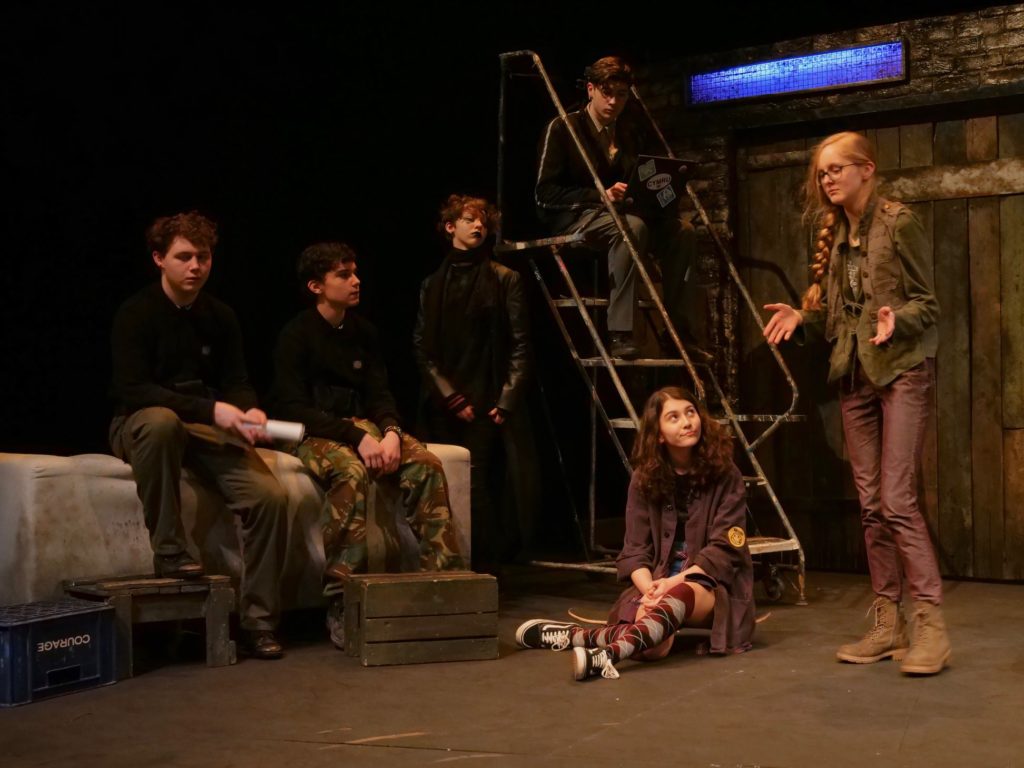
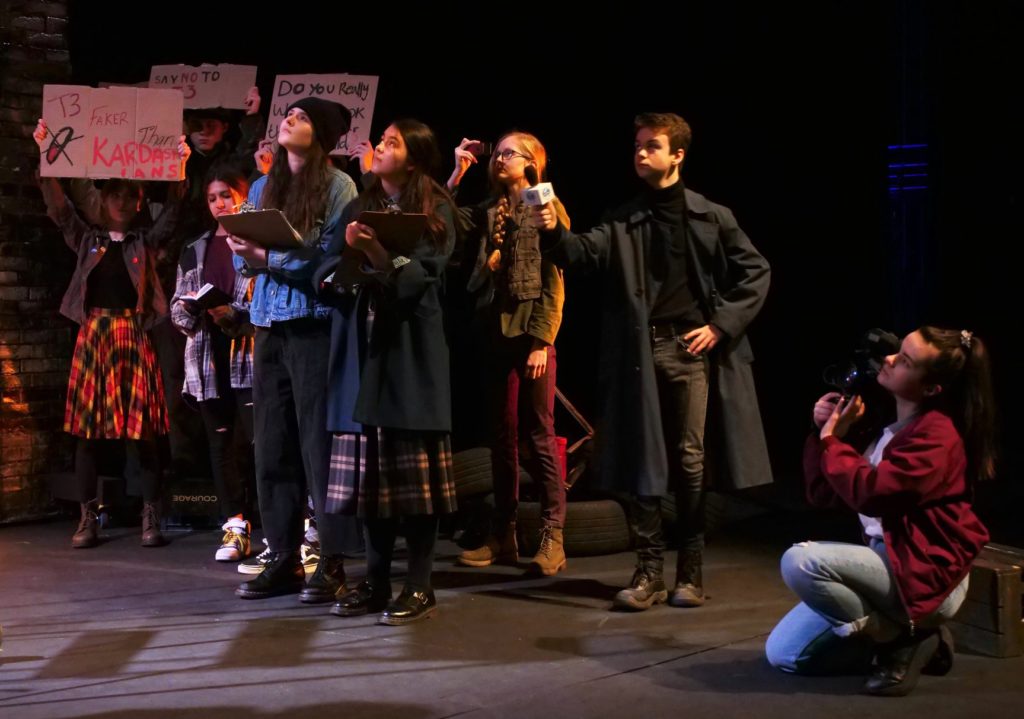

 (2 / 5)
(2 / 5)
